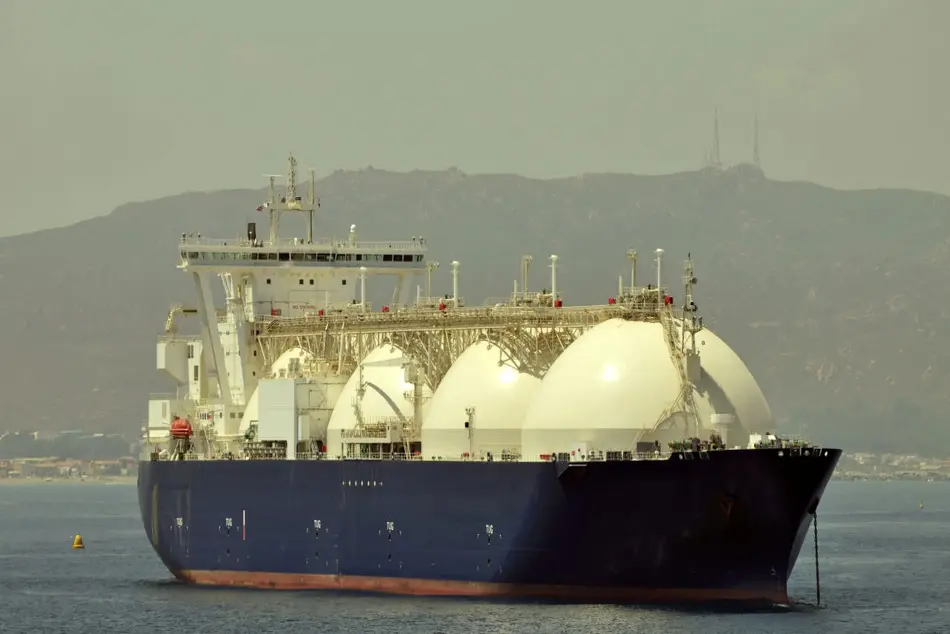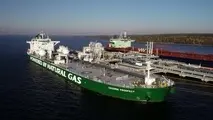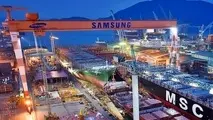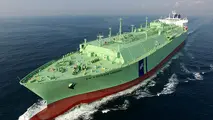EIA: Europe’s LNG imports increased
Imports of LNG to the EU averaged 5.1 billion cubic feet per day (Bcf/d) in 2017, increasing for the third year in a row. However, it remained below their 2011 peak, EIA informed.

Imports of LNG to the EU averaged 5.1 billion cubic feet per day (Bcf/d) in 2017, increasing for the third year in a row. However, it remained below their 2011 peak, EIA informed.
In 2017, imports of LNG into EU accounted for 13% of the global total. LNG import capacity in EU currently stands at 20 Bcf/d, or almost one-fifth of the global total.
Nevertheless, the use of EU's LNG import facilities has fell from about 50% in 2010 to between 20% and 25% in recent years as expansions in regasification capacity far surpassed demand for LNG imports.
Currently, 13 members of the EU import LNG. In 2017, LNG accounted for 11% of EU’s overall natural gas supply. What is more, European natural gas production is expected to continue to decline because of an aging, mostly depleted resource base. In fact, the Netherlands’ largest natural gas field, Groningen, has been subject to increasingly strict production reduction measures.
However, imports of natural gas by pipeline, in particular from Russia and Norway, have increased. In 2017, natural gas imports from Russia provided 35% of the total EU supply and Norway provided 24%. In the first six months of 2018, pipeline imports from Russia continued to rise.
EU LNG imports have followed trends in regional natural gas consumption. From 2011 through 2014, relatively high natural gas prices caused less consumption of natural gas for electric power generation in several EU countries.
In addition, the use of natural gas in power generation increased in the EU. In 2017, several factors led to greater natural gas consumption and higher LNG imports.
Concluding, EIA believes that LNG imports in Europe will have to compete on a cost basis with current and new pipeline supplies of natural gas. A new undersea pipeline from Russia to Germany has secured the permits needed for construction in Russia, Germany, Finland, and Sweden. The Russian portion of the pipeline has started, but developers have not obtained permits in Poland and Denmark. This pipeline is expected to come online at the end of 2019.



